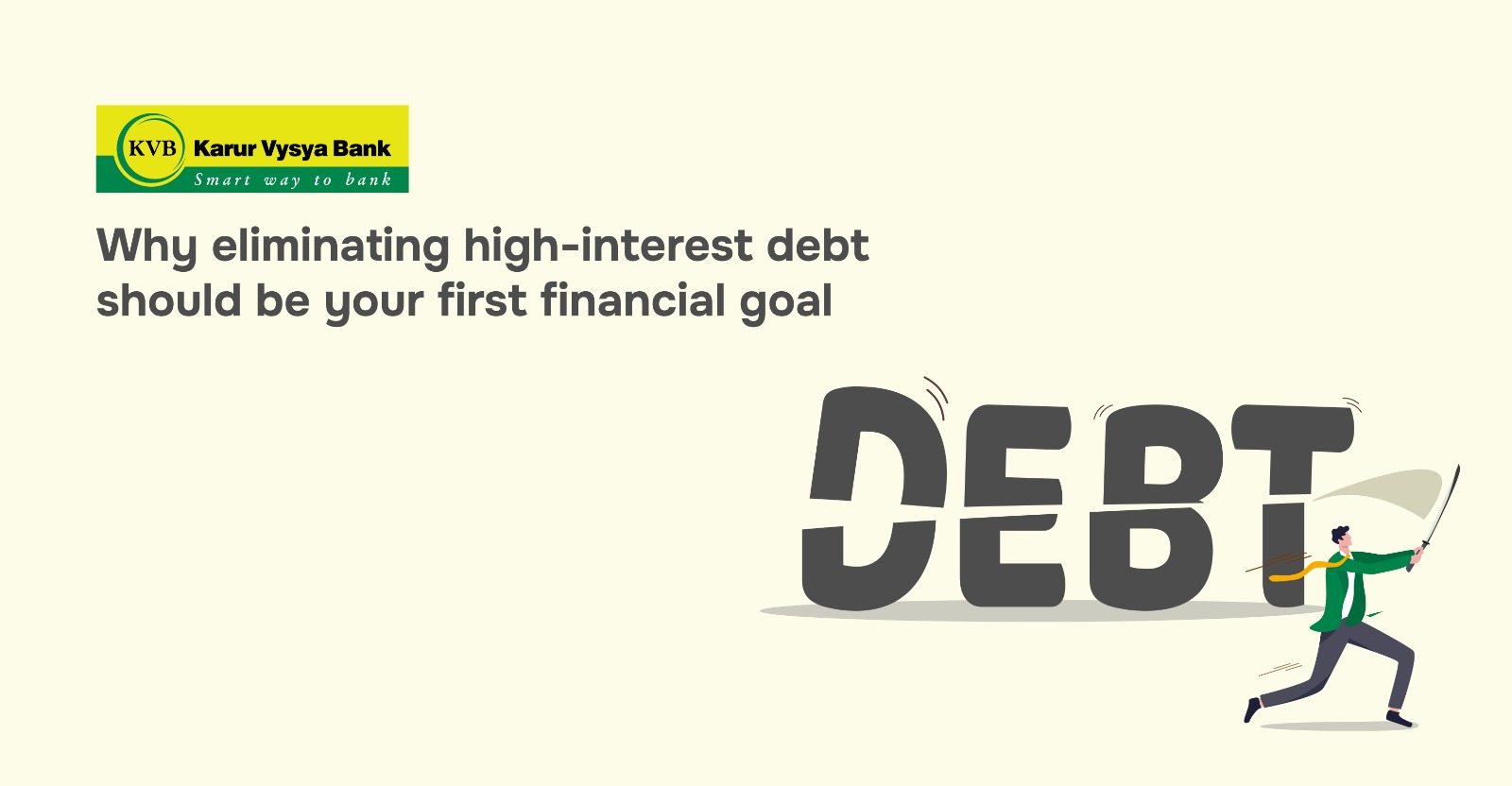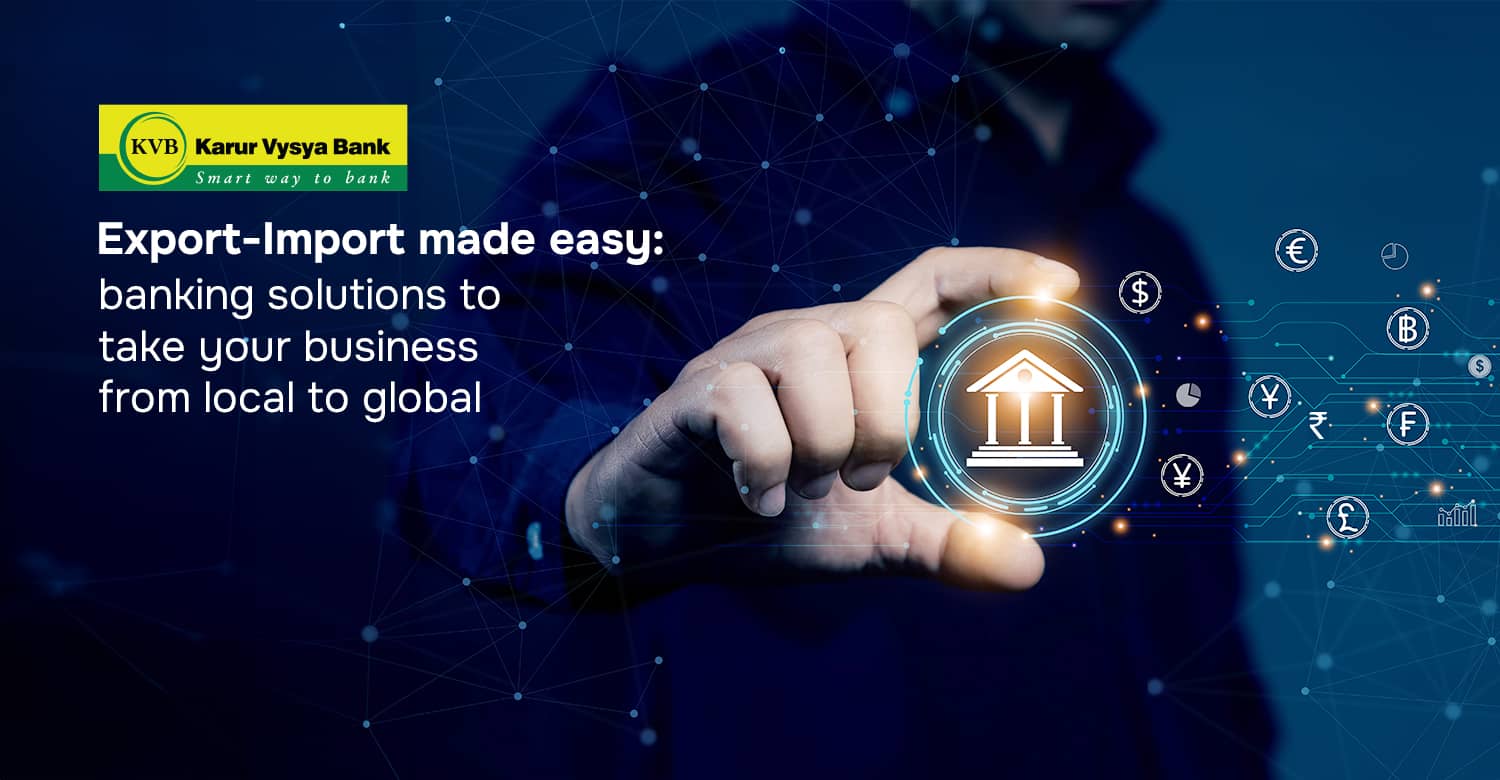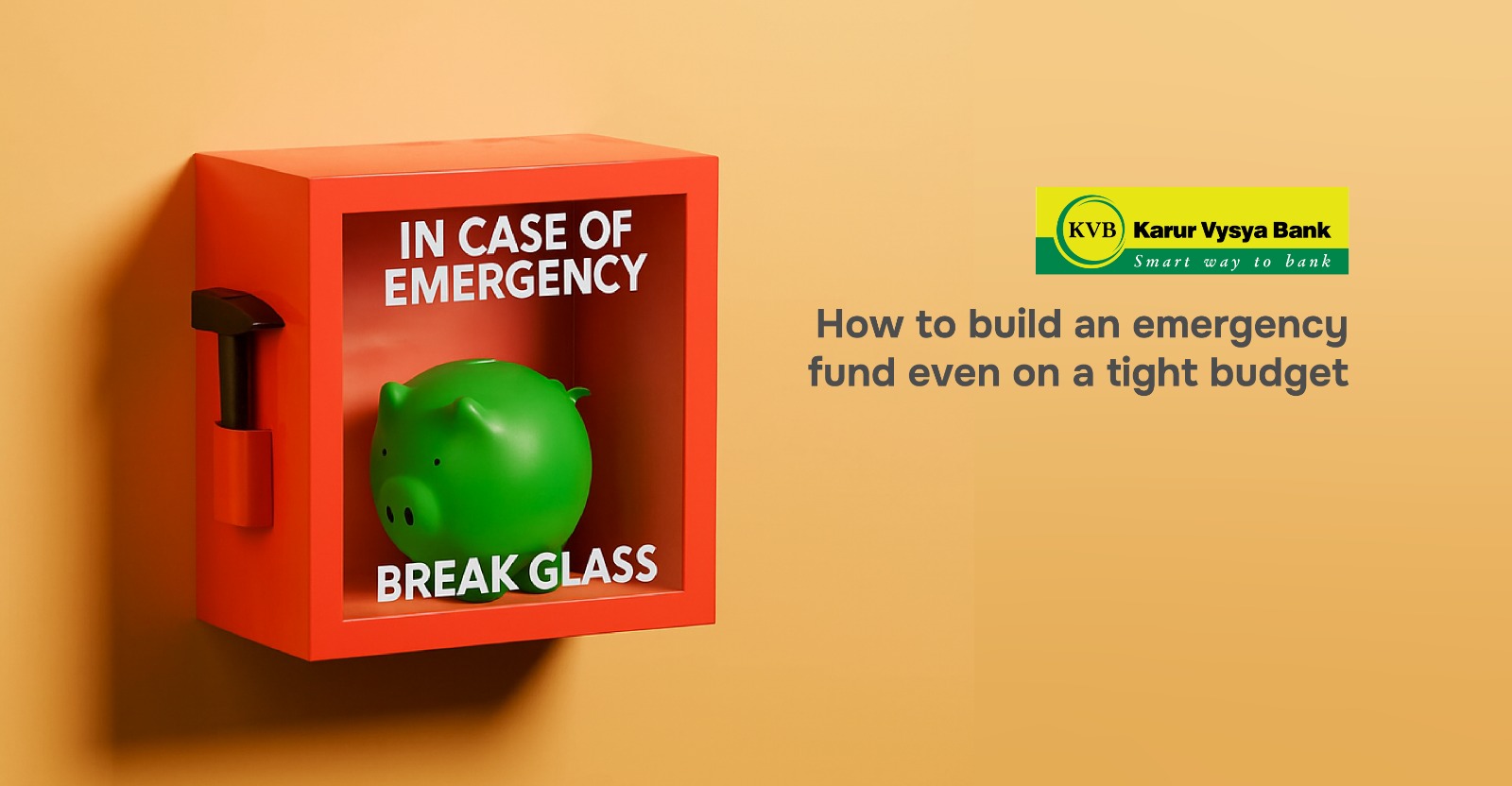Why eliminating high-interest debt should be your first financial goal

Debt repayment can be a toilsome task. Not only do you have to repay the principal amount, but also the interest compounded over the period of borrowing. Sometimes, the interest rates are so exorbitant that they exceed the principal amount too. This type of debt grows rapidly and silently consumes your finances.
For a beginner, this is a nightmare that can potentially affect their mental health and credit score, and delay their financial progress. Here is how you can identify high-interest debt.
High-interest debt refers to any borrowed money that carries high interest rates, typically above 12 to 15 percent. Common examples include:
- Credit card debt (often 30 to 40 percent annually)
- Personal loans
- Buy Now, Pay Later (BNPL) schemes, if overdue
- Loan apps or payday loans
How to eliminate high-interest debt
Step 1: List all your debts Write all the details of your debts down, including the total amount borrowed, interest rate, minimum monthly payment, due dates, and so on. This gives you clarity and control, and makes the process of tracking your debts much easier. Track them using Excel Sheets or a simple app.
Step 2: Choose a repayment strategy There are several debt repayment strategies, but two of the most widely known and beginner-friendly methods are:
Avalanche method: Pay off the highest-interest debt first while making minimum payments on others. This strategy saves you more in the long run and is mathematically better.
Snowball method: Pay off the smallest debt first to feel progress and build momentum. It is psychologically rewarding and great for motivation. Pick the method that suits your personality and discipline.
Step 3: Negotiate or consolidate if possible Consider a low-interest personal loan to pay off high-interest credit card debt. You could also use a balance transfer facility (some loans offer 0 percent interest for the first 3 to 6 months).
Step 4: Automate payments to avoid penalties Late fees and penalties worsen your situation and can push you further into a debt spiral. Set up auto-pay for minimum dues while you focus on larger repayments.
Step 5: Don't fall back into the trap Once a debt is cleared, don’t max out your card again. Use credit responsibly, only up to the amount you can repay in full each month. Keep an emergency fund ready so you do not have to rely on credit during your next crisis.
Pro tip
Use a prepaid or virtual debit card with a monthly limit for discretionary spending. Instead of swiping your main debit or credit card, which can tempt overspending and later borrowing, set up a prepaid card or a virtual debit card and load it once a month with your budgeted “wants” money, like ₹3,000 or ₹5,000. When it runs out, that is it. No overspending. No debt.


